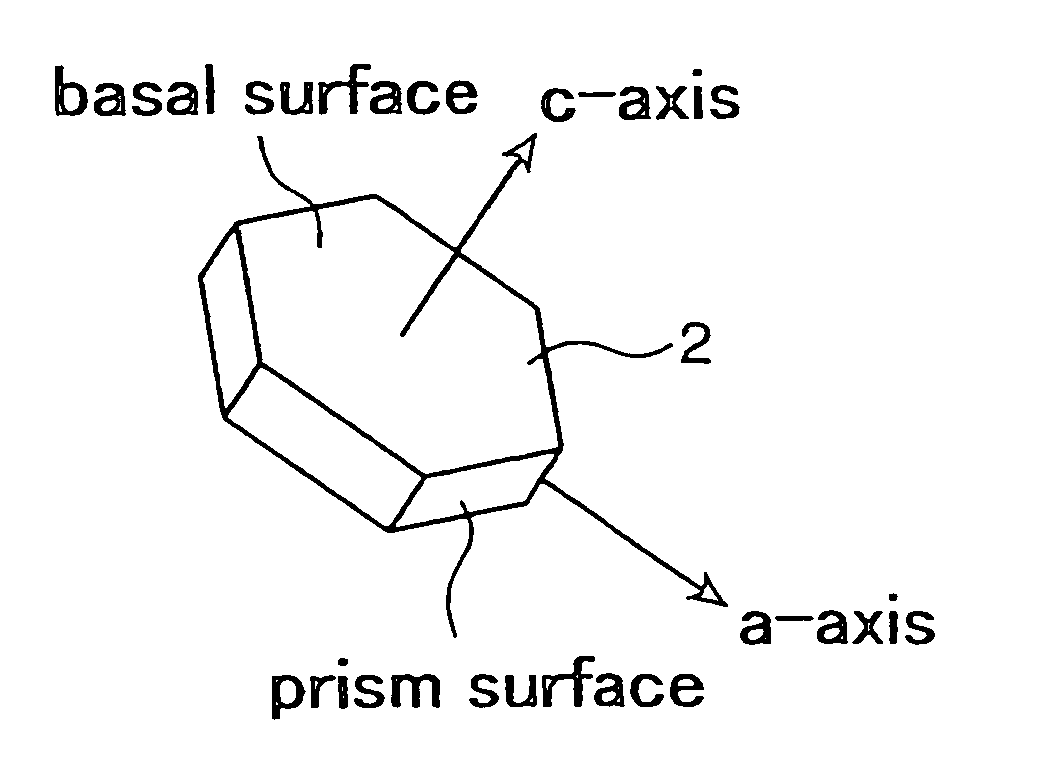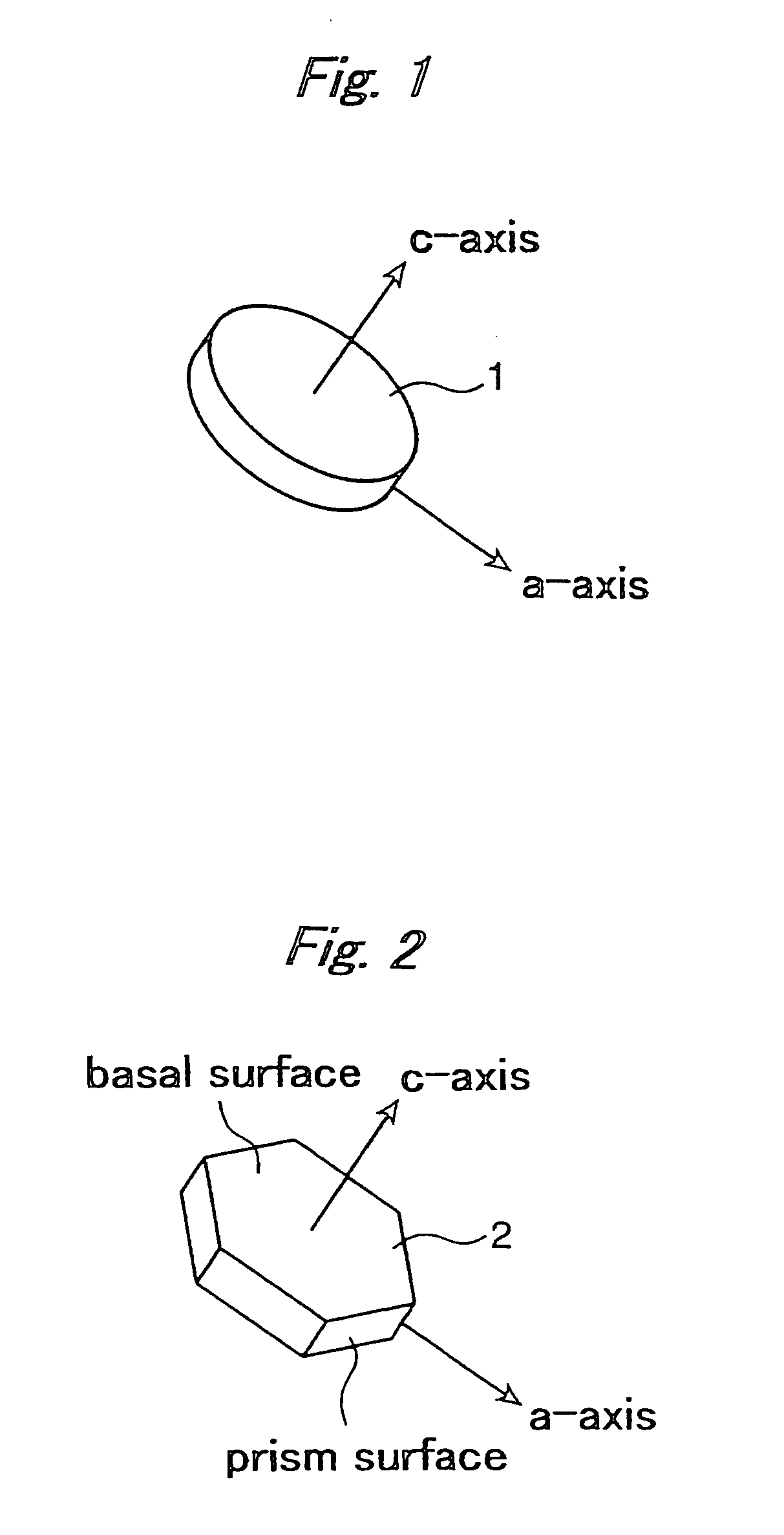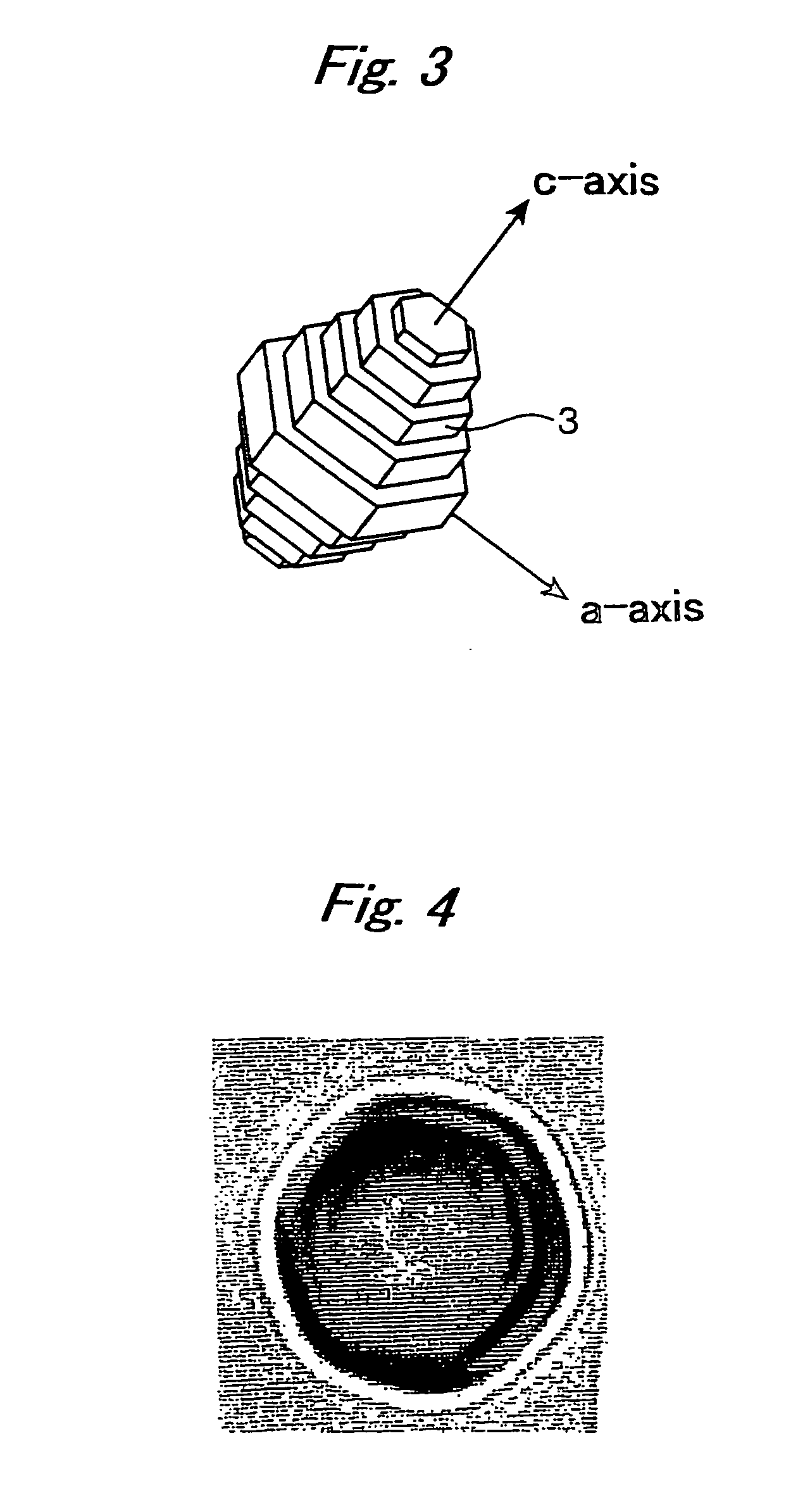Control of ice-crystal growth by non-proteinaceous substance
a non-proteinaceous substance and ice crystal technology, applied in the field of control of ice crystal growth by the use of a non-proteinaceous substance, can solve the problems of antifreeze protein high price, antigen-antibody reaction, and indirect proportion of the degree of freezing point lowering, so as to prevent the freezing or frost damage of living tissue and prevent the damage of living tissue
- Summary
- Abstract
- Description
- Claims
- Application Information
AI Technical Summary
Benefits of technology
Problems solved by technology
Method used
Image
Examples
example
[0034]The present invention will hereinafter be further illustrated by an example; however, the present invention is not limited to this example and can be carried out after appropriate modifications are made within a range in conformity to the purport of the foregoing and following descriptions, all of these modified ones falling within the technical scope of the present invention.
[0035]In the example of experiment described below, the following substances were examined for their antifreeze activity.
[0036]1) Polyacrylamide: available from Aldrich Co.; product number “43494-9” (Aldrich General Catalog 2003-2004); weight average molecular weight (the value in the catalog), 10,000
[0037]2) Polyvinyl alcohol: available from Kuraray Co., Ltd.; trade name “Kuraray PVA-205” (“Kuraray Poval” in the catalog of Kuraray Co., Ltd.); saponification value (the value in the catalog), 88.0±1.5 mole %; viscosity (4%, 20° C.; the value in the catalog), 5.0±0.4 mPa·s
[0038]3) Acryloyl pyrrolidine homop...
example of experiment
[0048]Aqueous solutions of the above substances (in a concentration of 10 mg / ml) were prepared separately. Each of these aqueous solutions was placed on a freezing stage with a temperature controller (LK-600PM, available from Linkam Scientific Instruments Ltd.) and cooled to −30° C. for complete freezing. While an observation was made with a phase-contrast microscope (at a magnification of 100 times), the temperature was raised (at a temperature rising rate of 100° C. / min.) to about −1° C. until only one ice single crystal having a size of about 0.08 to 0.1 mm remained. The field of view was changed to a size of 0.1 mm×0.1 mm (i.e., the image of the ice single crystal was enlarged in the frame). In this condition, the ice crystal was gradually cooled (at a cooling rate of 1° C. / min.), the growth of which was observed. The difference (i.e., thermal hysteresis) between the temperature at which only one single crystal remained (i.e., melting point) and the temperature at which the grow...
PUM
| Property | Measurement | Unit |
|---|---|---|
| concentration | aaaaa | aaaaa |
| temperature | aaaaa | aaaaa |
| temperature | aaaaa | aaaaa |
Abstract
Description
Claims
Application Information
 Login to View More
Login to View More - R&D
- Intellectual Property
- Life Sciences
- Materials
- Tech Scout
- Unparalleled Data Quality
- Higher Quality Content
- 60% Fewer Hallucinations
Browse by: Latest US Patents, China's latest patents, Technical Efficacy Thesaurus, Application Domain, Technology Topic, Popular Technical Reports.
© 2025 PatSnap. All rights reserved.Legal|Privacy policy|Modern Slavery Act Transparency Statement|Sitemap|About US| Contact US: help@patsnap.com



